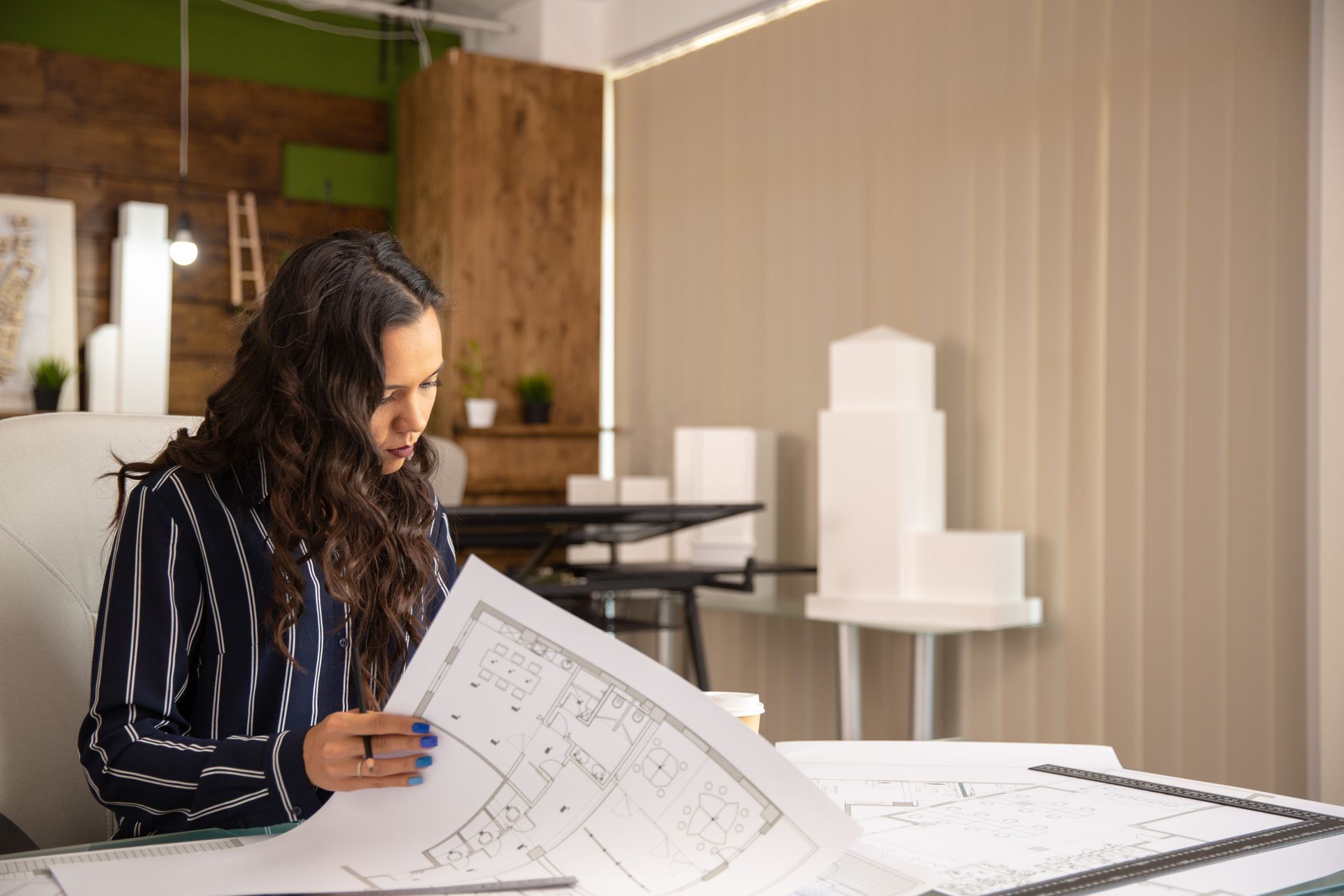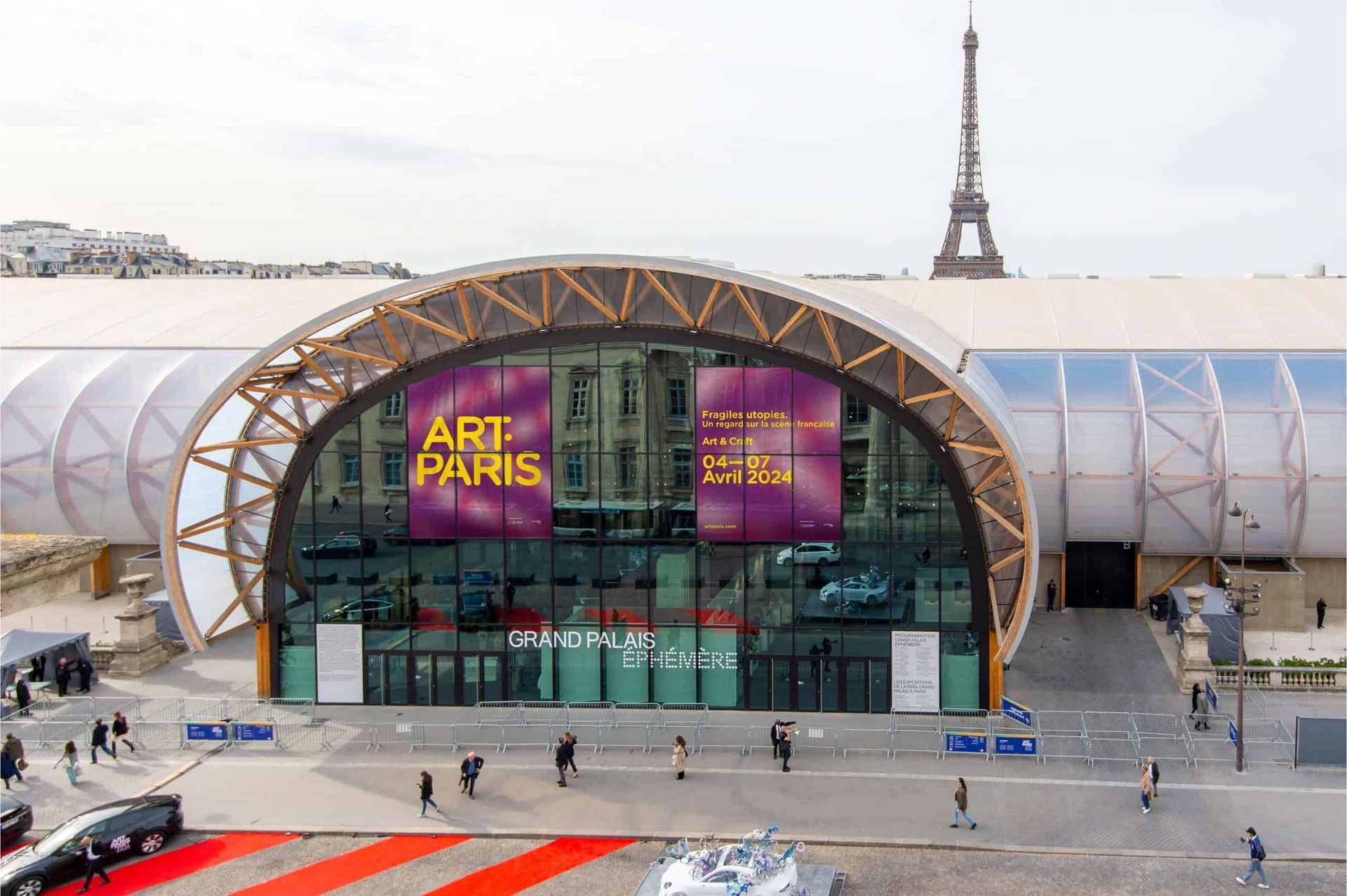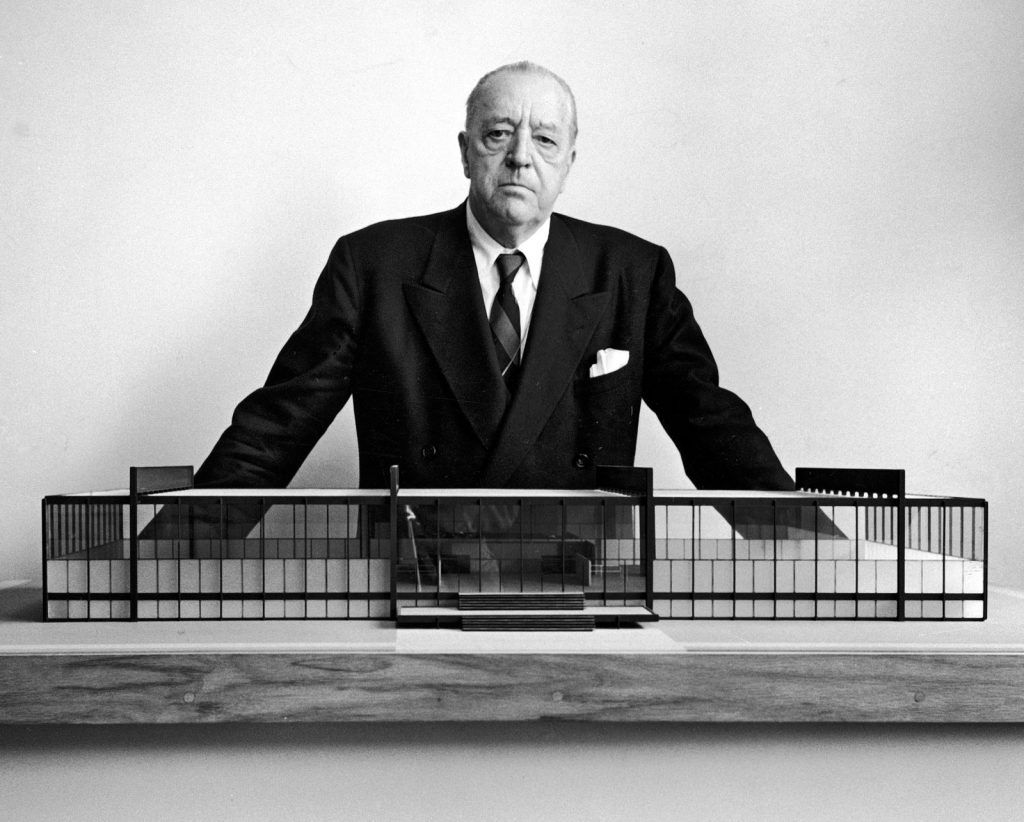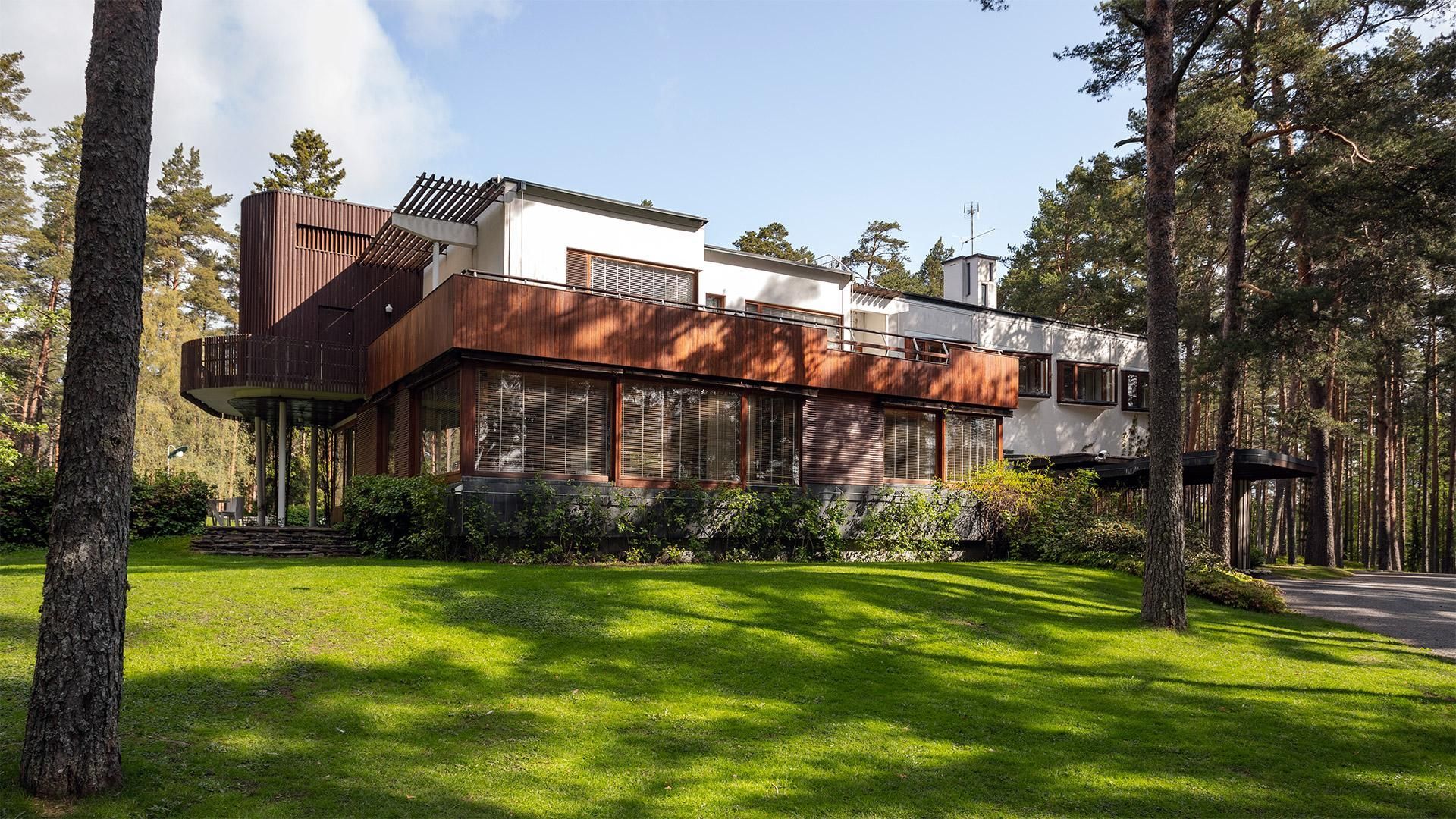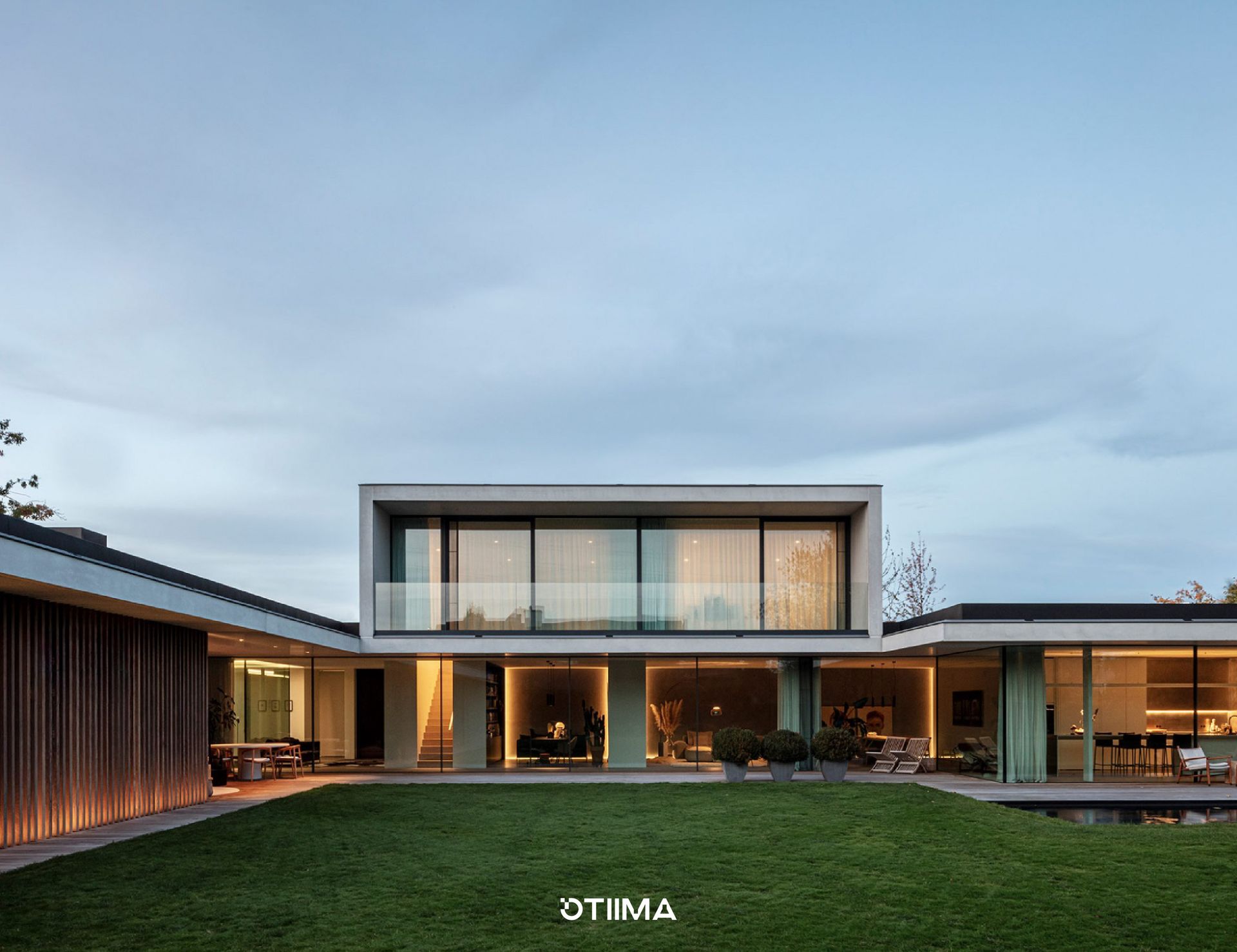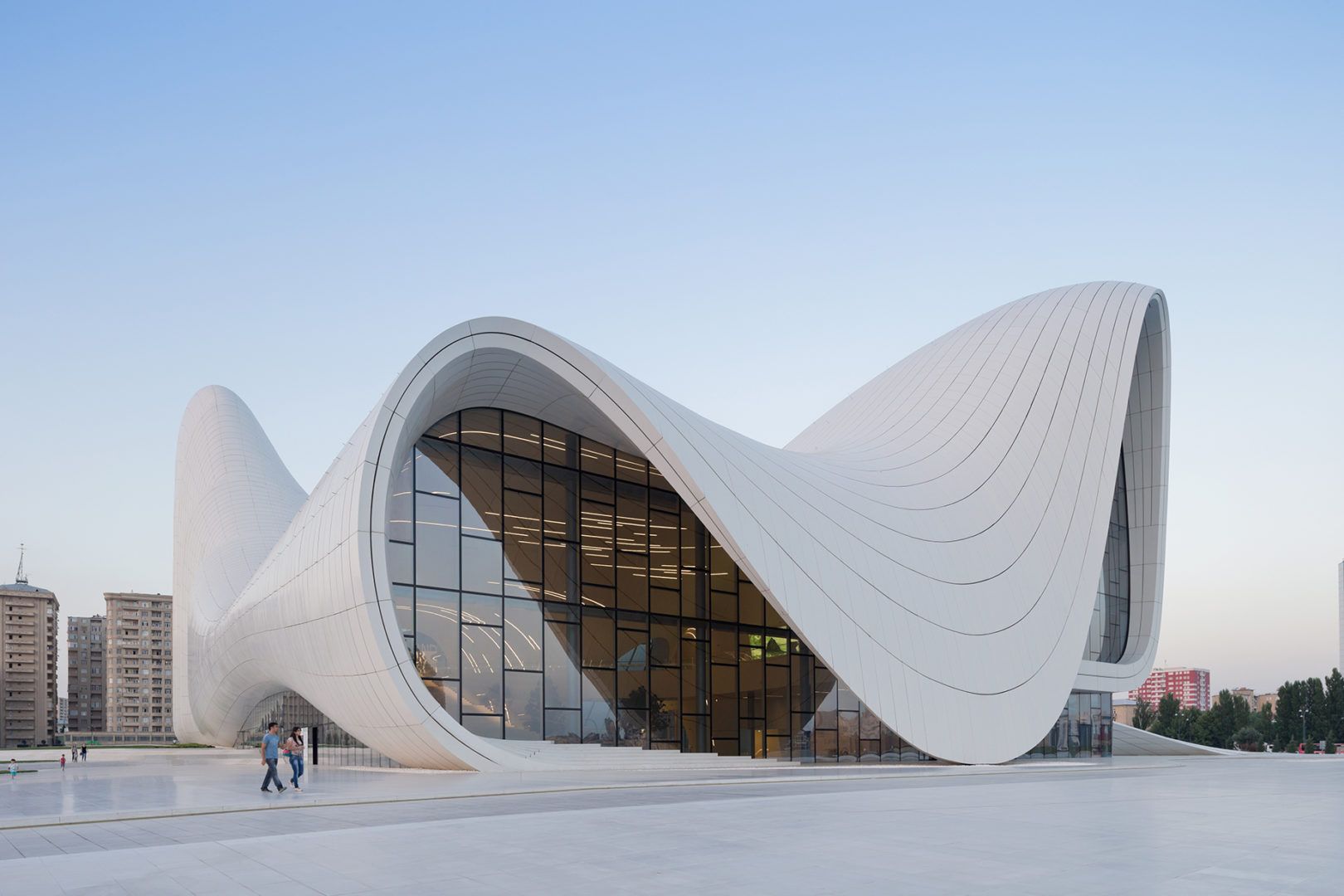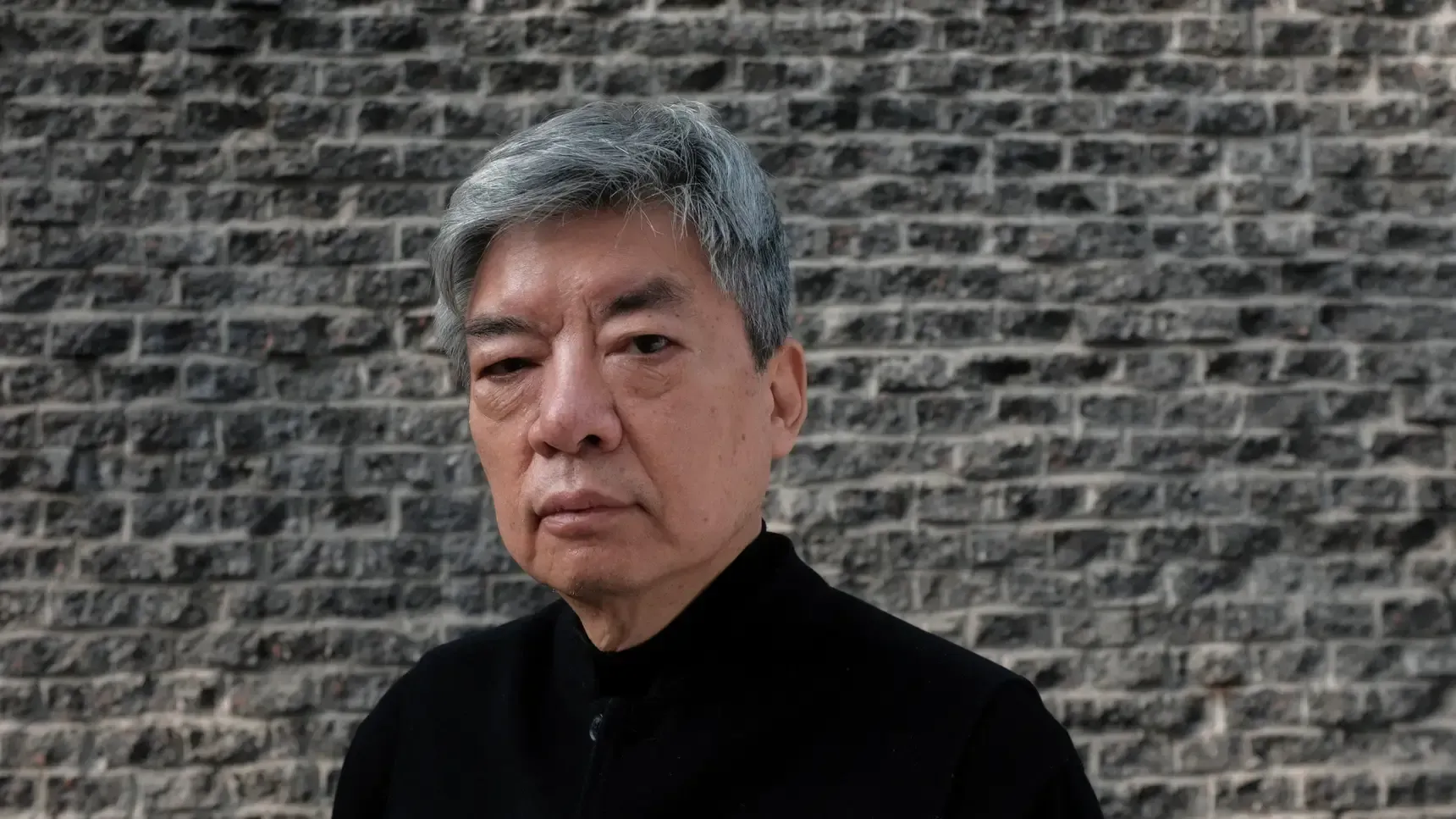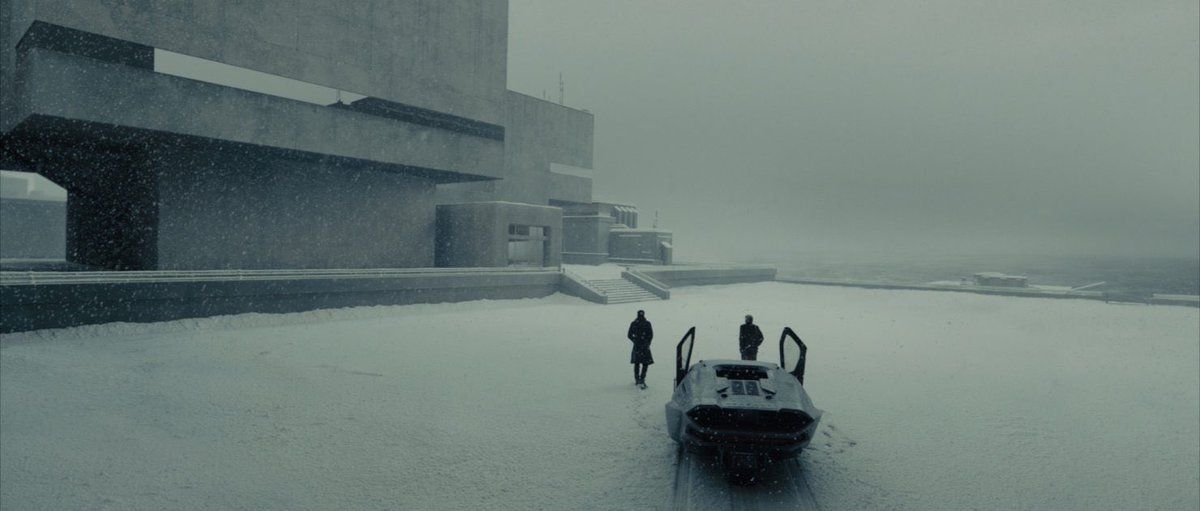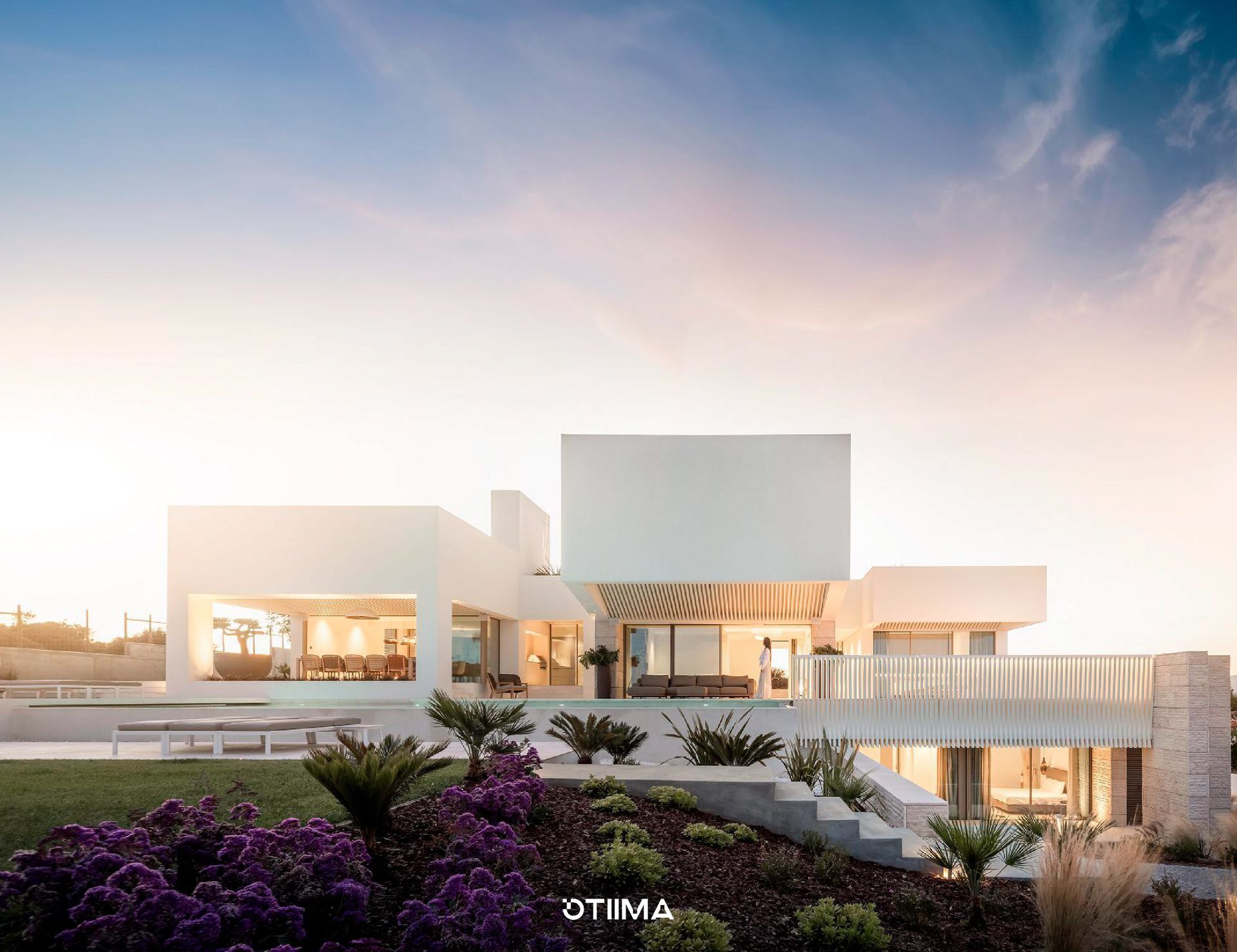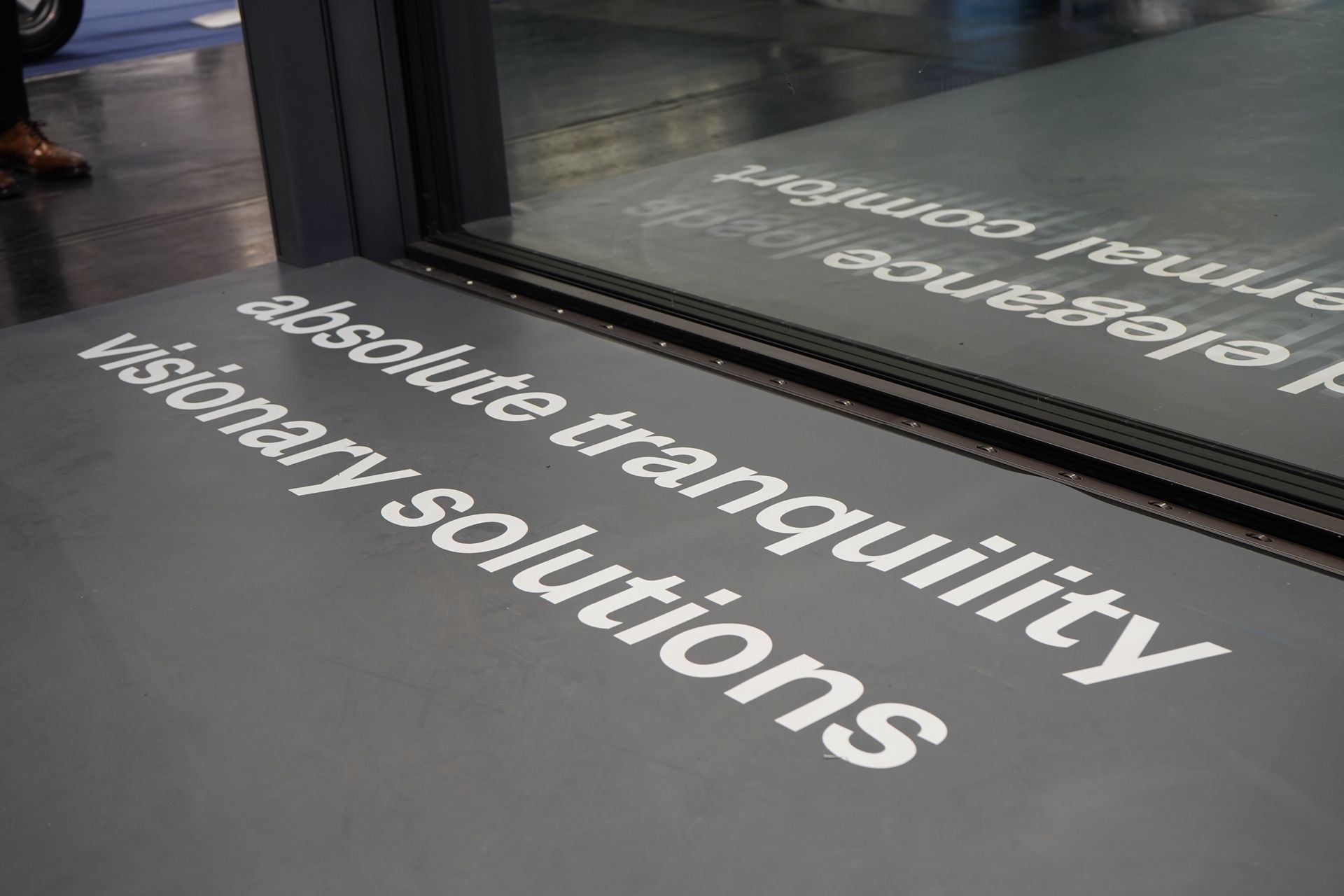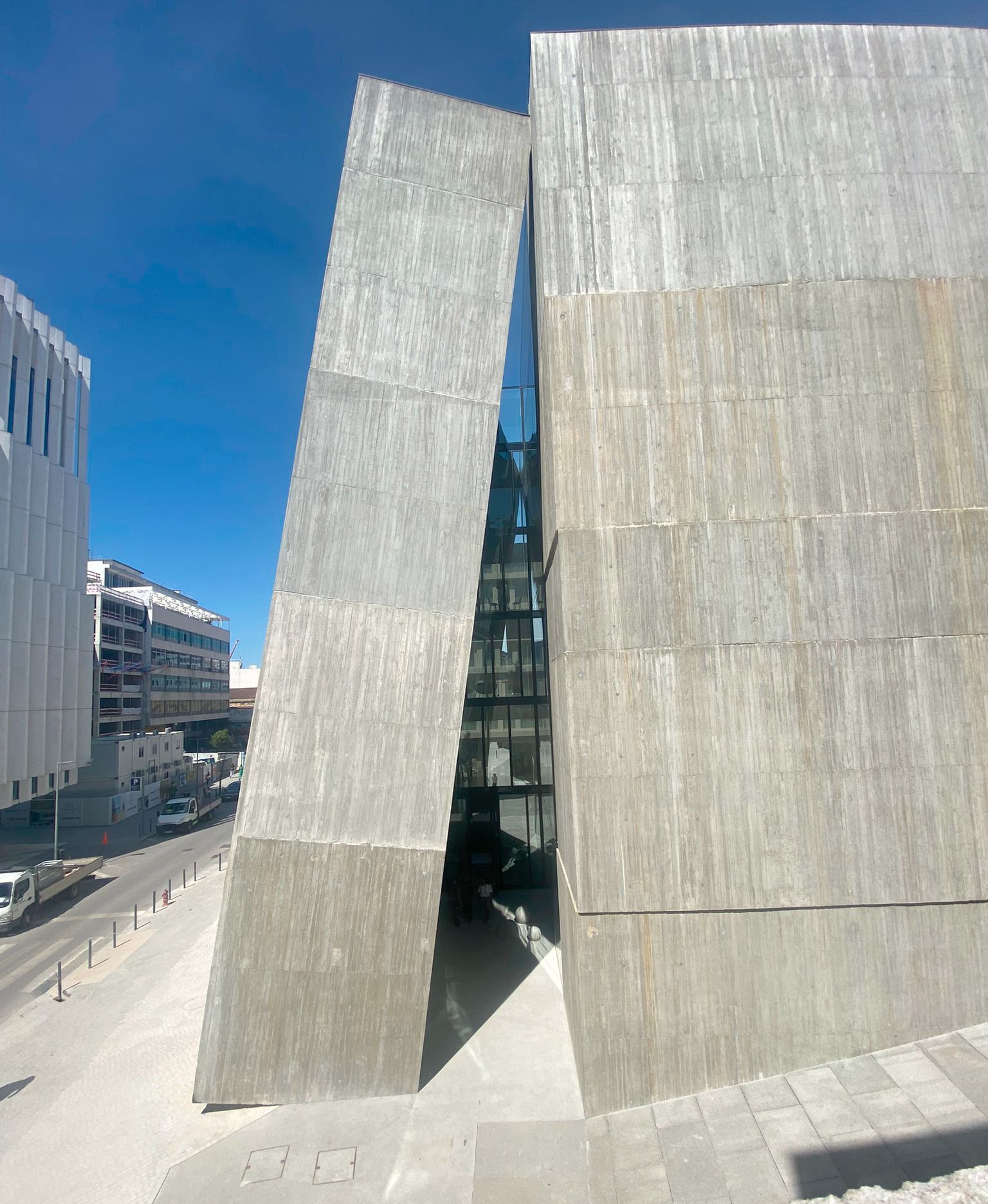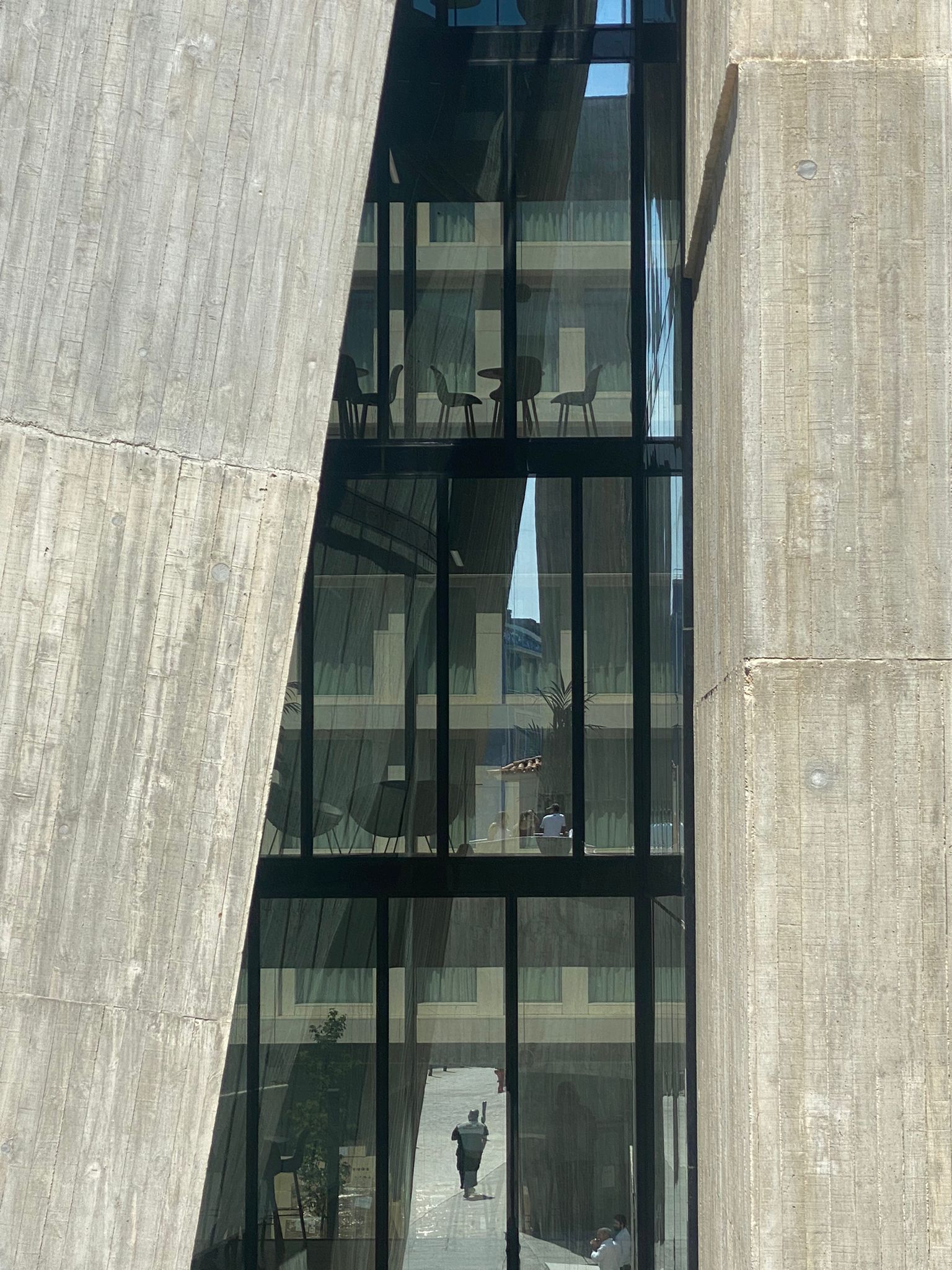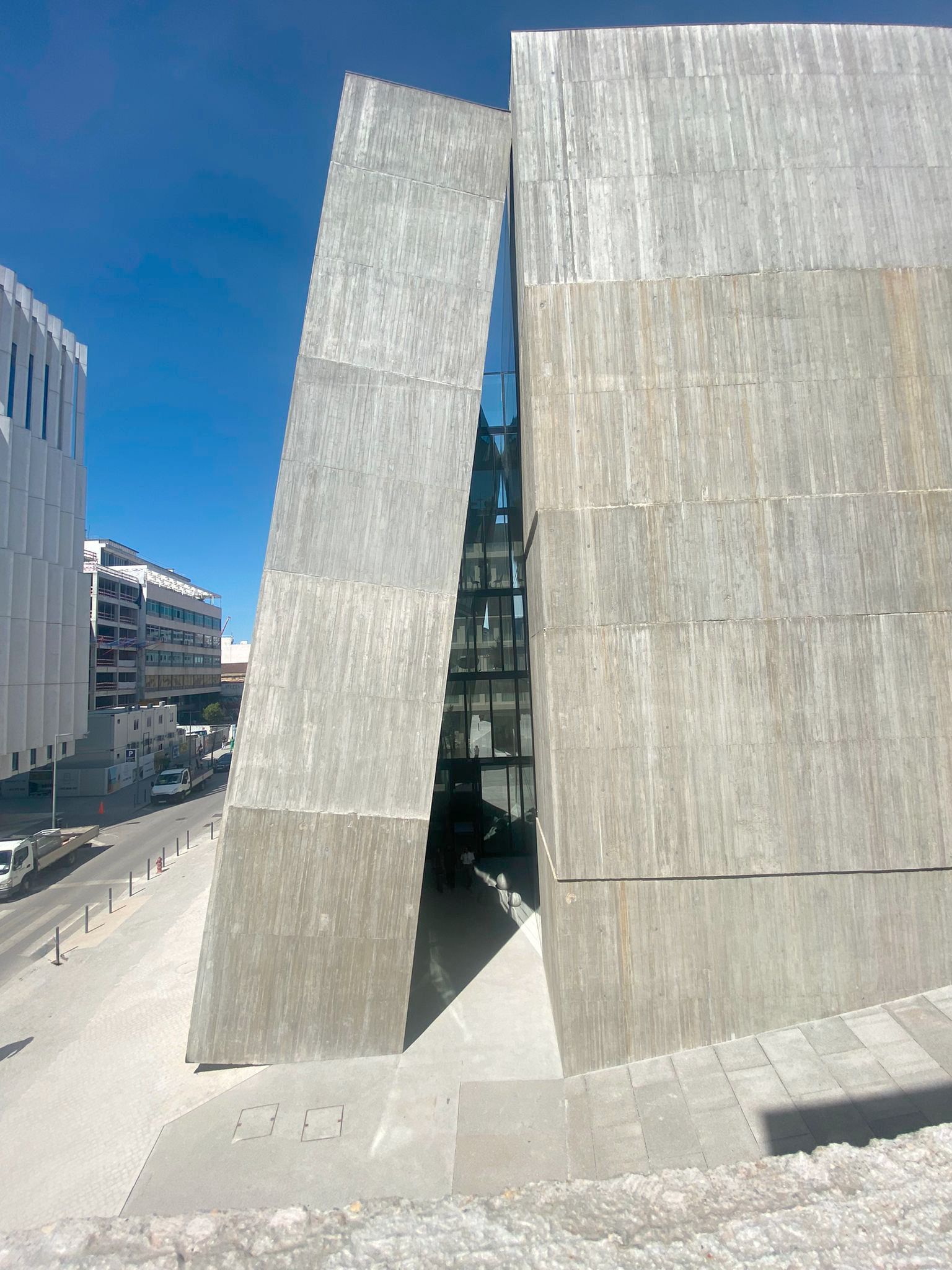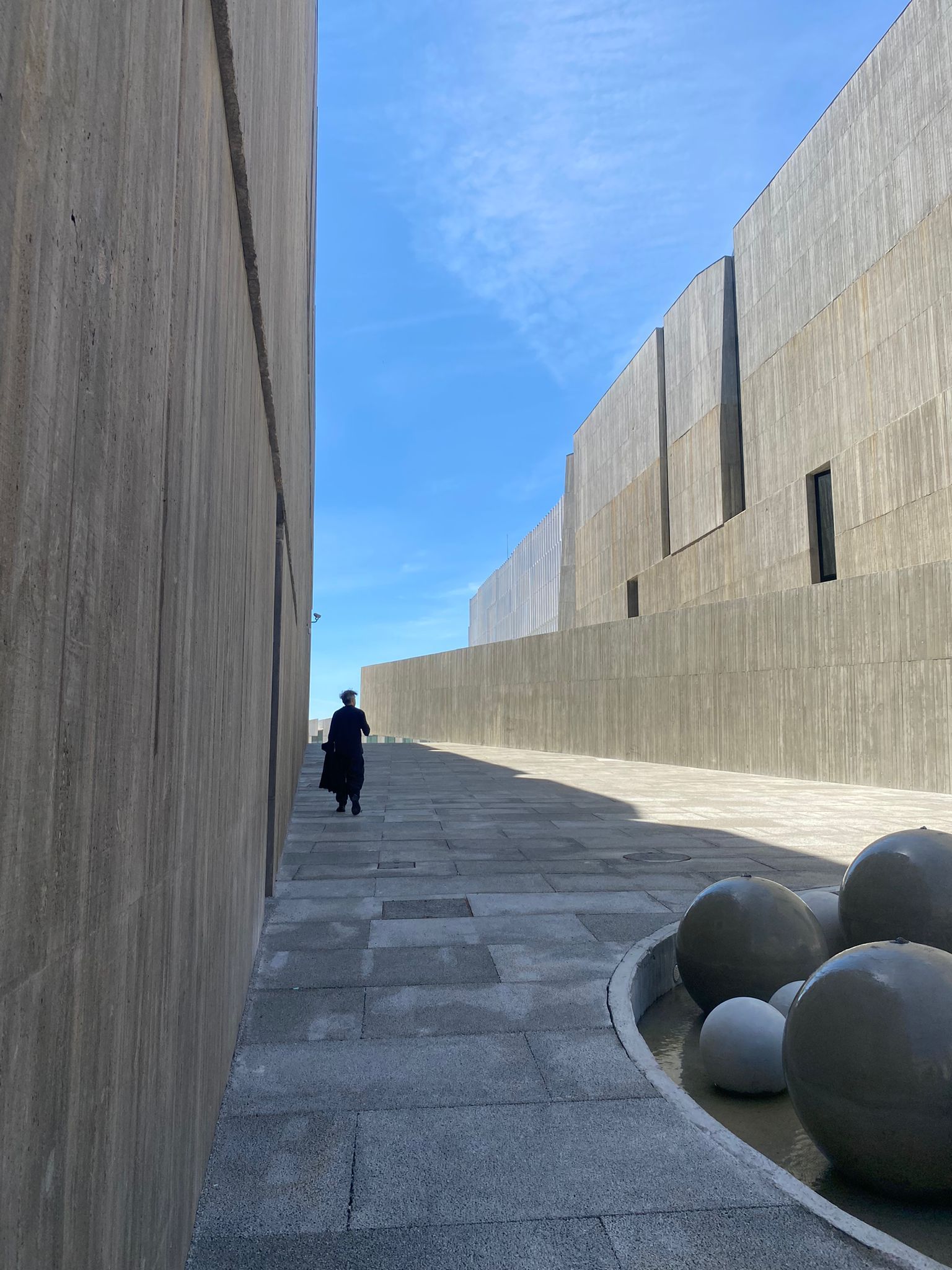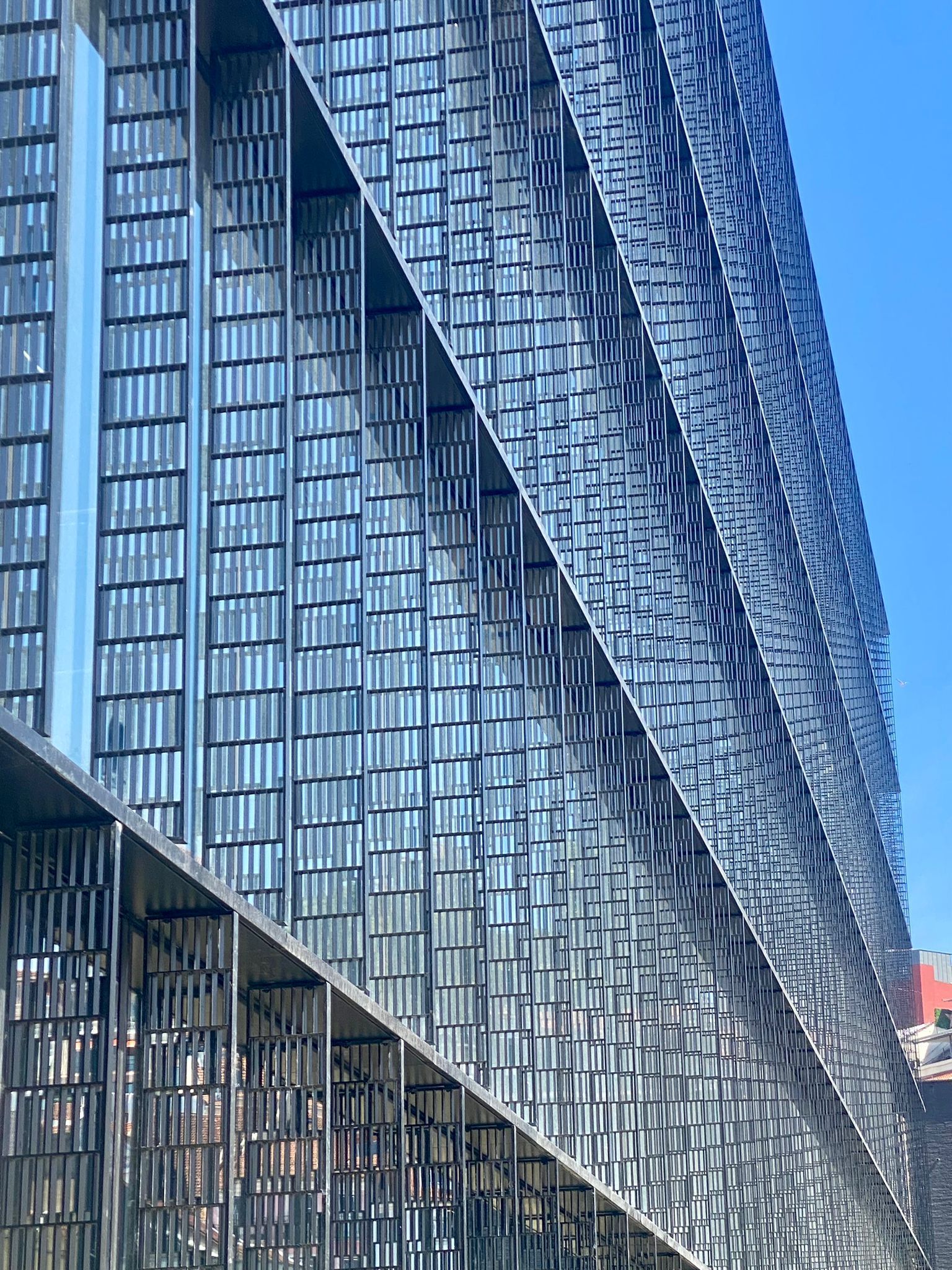Elemental's EDP Headquarters: Pioneering Sustainable Architecture
At the intersection of form and function lies a monument to contemporary architecture, where every angle and every curve tells a story of purposeful design and ecological awareness. Conceived by the visionary mind of Alejandro Aravena and his team,
Elemental, the EDP headquarters transcends conventional paradigms to redefine what it means to build sustainably in the 21st century.
© Bujnovszky Tamás
Sustainable Design
Aravena's ethos of social and environmental responsibility permeates every aspect of the EDP headquarters. From the outset, the project was conceived as more than a corporate building; it is a living, breathing testament to the harmonious coexistence of nature and modernity. The building's design seamlessly integrates passive strategies for energy efficiency, utilizing natural light and ventilation to minimize reliance on artificial systems. Its façade, adorned with OTIIMA windows, not only enhances aesthetic appeal but also maximizes thermal performance, ensuring optimal occupant comfort while reducing energy consumption.
Read Also- Enhancing Architectural Spaces: Maximizing Natural Light with OTIIMA windows
Innovative Spaces
In addition to its sustainable features, the EDP headquarters fosters a culture of collaboration and creativity through its innovative spatial configuration. Aravena's signature “social architecture” approach is evident in the building's layout, which prioritizes communal areas and flexible workspaces over traditional hierarchical structures. This deliberate emphasis on connectivity and interaction reflects a broader commitment to employee well-being and organizational agility.
Community Impact
The EDP headquarters transcends its role as a corporate entity to serve as a catalyst for positive change in the surrounding community. Its public spaces, including a landscaped plaza and cultural center, invite engagement and dialogue, bridging the gap between the built environment and the people it serves. By applying principles of inclusivity and accessibility, Aravena has transformed the EDP headquarters into a symbol of hope and inspiration for Lisbon and beyond.
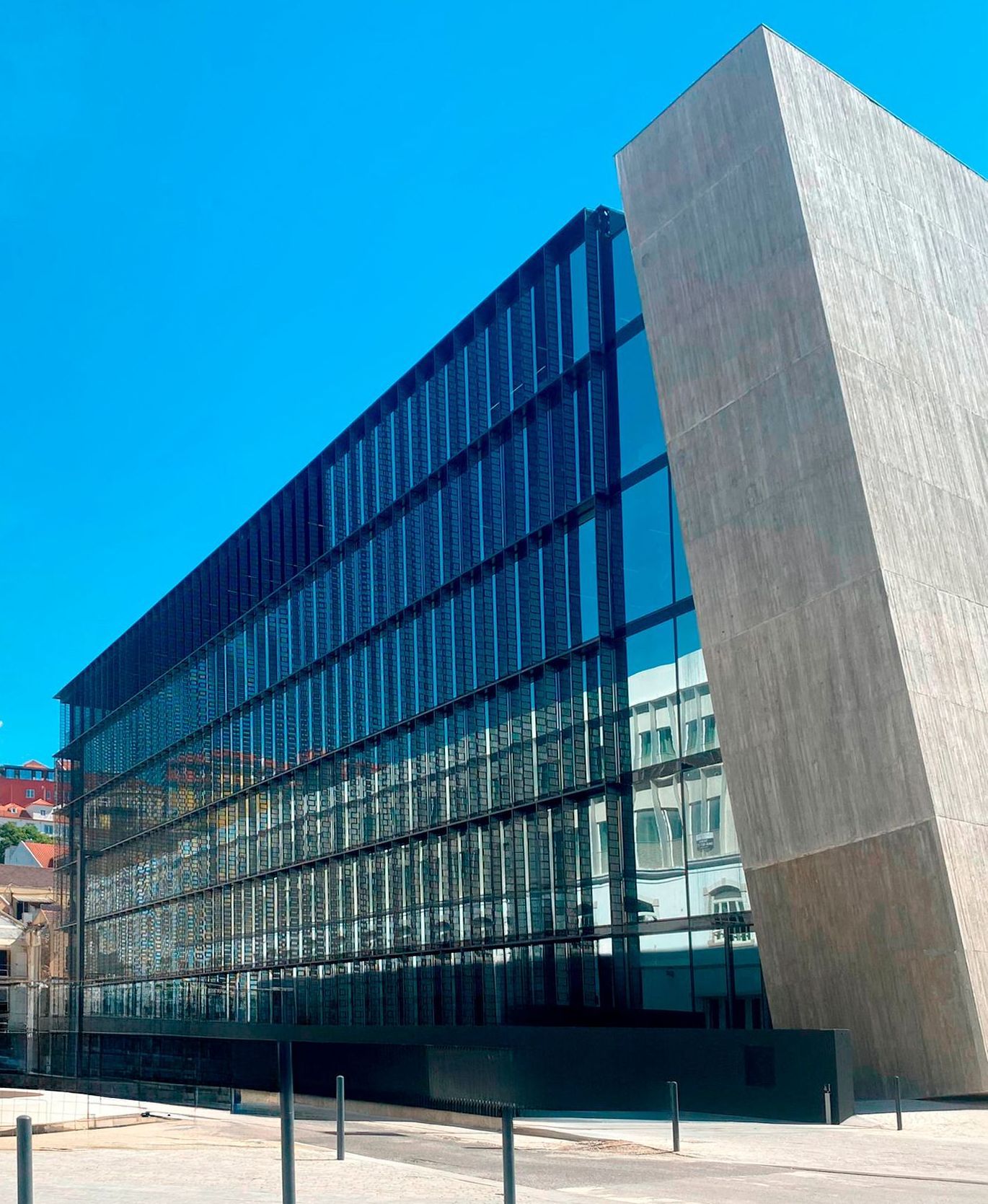
In an era defined by the urgent imperative of sustainability, Elemntal's EDP headquarters stands as a testament to the transformative power of architecture. More than just a building, it represents a paradigm shift in our approach to design, one that prioritizes environmental stewardship, social responsibility, and human-centered innovation.
